Building yourself a gaming PC for $900 puts you into something that can dominate in 1440p and even 4K. This is where you can expect to run anything maxed out at 60fps in 1080p. With a mixture of mid-high settings, 60fps+ in 1440p won’t be an issue either. Depending on the game, you could even foray into 4K gaming with this build.
That’s due to this build being loaded with an R5 5600, the (now) insanely powerful (for it’s new price point) RX 6700 XT, and 16GB of 3200MHz DDR4 RAM. It’s also packing 1.24TB of SSD storage to make sure you have plenty of room for everything right off the bat.
With that all in mind, let’s get down to the build!
$900 Prebuilt Gaming PC Option
Skytech Archangel
If you would prefer to go the prebuilt route, that’s definitely an option as well. However, just know that you’re essentially paying someone to build and setup your computer so the cost is going to be higher. To get something with similar specs, expect to add another $250 to $300 to the cost of the DIY build on this page.

CPU: AMD R5 3600
MOBO: B450 chipset, mATX
GPU: GTX 1660 Super
RAM: 16GB DDR4 3000MHz
PSU: 500W 80+ Bronze
Storage: 500GB SSD
WiFi: 802.11AC
Extras: Mouse + keyboard | 3x Thermaltake Riing 120mm RGB fans | 1-year warranty
The Best $900 Gaming PC Build

Case
Cooler Master MasterBox Q300L
The Q300L is a great ATX case with an awesome cooling profile and big tempered glass window. As it only comes with 1x 120mm fan, it’s recommended to pick at least 1 more up.

Motherboard
MSI B550 Gaming (GEN3)
A good mid-level AM4 socket ATX motherboard with support for 5th gen Ryzen CPUs. Features 6x SATA ports, 6x USB ports, 4x DIMM ports, and onboard 5.1 audio.

CPU
AMD R5 5600
The R5 5600 from AMD is an incredible performer when it comes to a mid-tier CPU. Thanks to it’s recently reduced price, it’s allowing for some insanely powerful builds that were not possible previously.
Comes with a CPU cooler

GPU
PowerColor Fighter RX 6700 XT
This 12GB monster is just that, a monster. Capable of easily handling completely maxed out 1080p gaming at 60-100fps+. This GPU is a game changer with its new price.
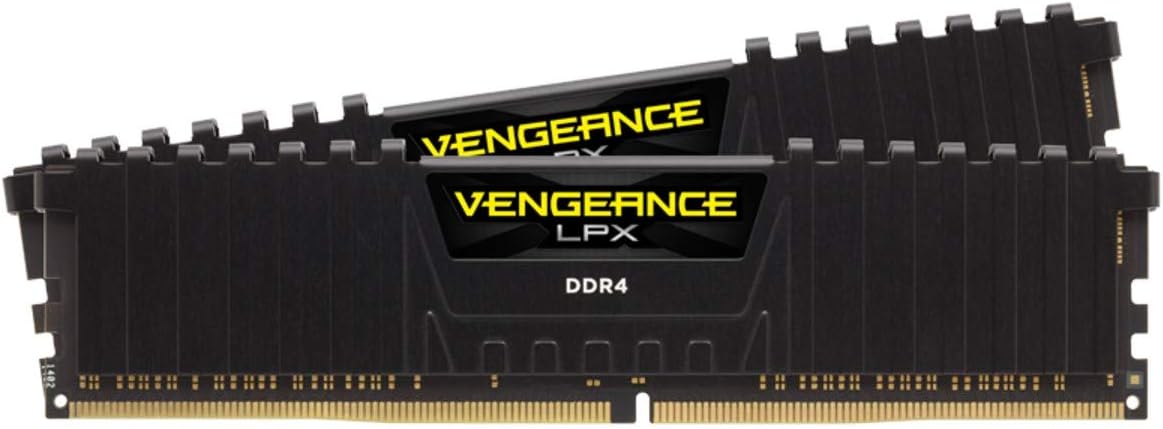
RAM
Corsair Vengeance LPX 3200MHz (16GB)
2x 8GB sticks of C16 DDR4 RAM clocked at 3200MHz.

PSU
EVGA 700 GD 80+ Gold
EVGA’s 700 GD is an awesome 80+ Gold rated PSU rated for 700W. The only downside is, it’s non-modular.

Storage
PNY CS900 240GB SSD (Boot Drive)
This is the drive where you’ll install Windows and any other critical programs.

Storage
PNY CS900 1TB SSD (Primary Drive)
This is the primary storage drive, or where you’ll put your games and memes.
You're possibly thinking that you're going to need a whole workshop full of tools to build a PC... But, fortunately, you really only need a screwdriver.
To build a PC, you'll require 1 tool, a #2 Phillips screwdriver. However, there are a couple of other items that might help make the build go a little smoother.
- #2 Phillips Screwdriver
- Almost everyone will have a #2 sized Phillips screwdriver kicking around. But, if not, you can pick one up for less than $10. - Anti-static wristband
- This will ground you and prevent any electrical arcs that could damage components - Small flashlight
- Because it's nice to be able to see what you're doing
How To Build Your PC – Simplified Steps
- Install your power supply into your case
- Seat your CPU in your motherboard – make sure to close the retention bracket
- Mount your RAM – make sure they click!
- Mount your CPU cooler – Don’t forget thermal paste
- Install your motherboard’s rear I/O plate into your case’s rear I/O slot – it snaps in from the inside
- Mount the motherboard in the case (get your i/o ports through and use the middle standoff as a guide)
- Mount your graphics card onto your motherboard’s top PCIe x16 slot
- Mount and connect all storage drives
- Plug all power and data cables in where they’re required (storage, case, motherboard, graphics card, etc)
- Ensure that your power supply is turned on and press your “Power on” button
- Install your Operation System
- Install and update ALL drivers
It's often easier to watch someone else do it first. LinusTechTips has always made some of the best content on Youtube and also has one of the most comprehensive PC build walkthroughs that exist.
Complete Build Breakdown
For about $900, you’re getting a build that’s guaranteed to max your favorite games out in 1080p-1440p without a problem. In 1080p, you can expect over 100fps in even the most demanding games like Cyberpunk 2077 when fully maxed out. In 1440p, that’s closer to 60fps.
In less graphically demanding games, you can expect even higher framerates. As an example, when fully maxed out Rainbow Six: Siege should see roughly 300fps in 1080p.
Case: The Cooler Master MasterBox Q300L is a good ATX case with all of the basic features you’ll need. It has plenty of space, lots of options for mounting fans, and a good amount of room for clean cable management. However, as it only comes with a single 120mm fan, it would be a good idea to pick 1 more up.
When it comes to cases, they’re the most subjective part of a build. It’s what you see most often and should be something you enjoy the looks of. With that in mind, it would be a good idea to check out some other cases just in case there’s one you prefer over this one.
If you find a case you like but you’re unsure if it would work well, ask me in the comment section and I’ll let you know ASAP!
CPU & Cooler: The R5 5600 is just great. Thanks to a recent and absolutely massive reduction in price, this CPU is opening the doors to builds that were never possible before, such as this one.
At it’s core, the AMD R5 5600 is a 6 core, 12 thread, 4.5GHz CPU that ticks all the boxes for a mid-range gaming PC. It’s packing more than enough power to easily handle 99% of games you can throw at it without a problem. The other 1%, well, those people build functional replica cockpits to fly ultra-realistic digital airplanes.
Although the 5600 does come with a CPU cooler, upgrading it would be something to consider. It’s not that AMD’s Wraith Stealth is bad, but aftermarket coolers can easily outperform it.
MOBO: MSI’s B550 Gaming GEN3 is perfectly situated for a build at this level. It gives us everything we need for the build as it sits, as well as room for future expansion. It’s also flashed with the proper BIOS for 5th gen Ryzen so there aren’t any headaches.
You get 6x SATA ports and 1x M.2 slot for tons of extra storage space, 6x 4-pin fan headers, and integrated 5.1 audio as well as 6x USB ports on the i/o panel.
GPU: When it first released, AMD’s RX 6700 XT was considered overpriced. Thankfully, that price has changed and now it’s the undeniable p4p champ in this price range and can keep up with an RTX 3070 which currently costs $200-$300 more. In some games, it’s actually capable of outperforming an RTX 3070.
That’s to say, this 12GB powerhouse is capable of 100+fps on ultra settings in practically any game out there in 1080p… RTX off. Insanely demanding games, like Cyberpunk 2077, are exceptions. That’s where you’ll see both the RTX 3070 and RX 6700 XT hover between 65-75fps.
RAM: Running 16GB of RAM is the standard for a gaming PC in 2023. Fortunately, RAM prices are great right now so we’re able to run 16GB for less than what it used to cost for 8GB not long ago.
With that said, this build is loaded with 16GB of DDR4 from Corsair’s Vengeance LPX lineup. It’s a 2x 8GB setup which leaves you an additional 2 slots for more RAM if you need/want it. However, if you’re going to run 32GB anyway, you might as well pick up 2x 16GB sticks instead.
PSU: Your power supply is a critical part of your build. Without a reliable supply, you run the risk of damaging components. Ideally, you want no less than an 80+ Bronze rated PSU.
But, because 80+ Bronze is, well, not Gold… We went with EVGA’s 700W GD 80+ Gold for this build. It’s a great PSU with high reliability and plenty of wattage headroom for this build. The only drawback is, it’s non-modular which means you might have some permanently attached cables just hanging out in your case.
If a non-modular supply is a deal breaker for you, no worries. How about the beaufitul EVGA Supernova 750 G5 80+ Gold? Not only is the warranty doubled to 10-years, but it’s 100% modular.
Storage: This build is running a fairly basic dual SSD setup. 1 SSD for your OS and critical programs, the other larger SSD for your games. This splits the load between 2 drives and theoretically increases drive life. It can also, sometimes, usually negligibly, allow your PC to boot quicker.
The PNY CS900 drives I selected for this build are great for a couple of reasons. Not only are they very reliable with a proven track record, but they’re also very affordable. Between the 2 drives, you’ll have 1.24TB of pure SSD storage which is plenty enough for up to 20 AAA-sized games (AAA games are 50-150GB on avg).
As the motherboard has an additional 4x SATA ports and the M.2 expansion slot, it can support up to 4 more drives. I would recommend splurging on a nice M.2 drive. Ideally, I would have included it in this build by default but it put it over budget, however the WD Black SN770 is an amazing M.2 drive with up to 5,150 MB/s of read/write speeds.
Keyboards, Mice, and Audio
Finding the right peripherals can almost be as challenging as finding the right PC. With such a massive array of options available in every category that exists, it’s easy to get lost and give up.
Since that’s not ideal, I’ve gone ahead and picked out a few options from each main peripheral category, keyboard, mouse, headphones, and speakers, to help you make an informed decision.
If you’ve found other peripherals but you’re unsure of how well they’d work, ask me in the comment section and I’d be more than happy to help!

Keyboard
Redragon K556
A good full sized mechanical keyboard with RGB backlighting and a very attractive price point.

Mouse
Logitech G502 HERO
One of the absolute best gaming mice you could buy. The G502 is a tried and true platform that’s only been improved to where it’s at now with the HERO.

Headphones
HyperX Cloud 2
The HyperX Cloud 2 headset is undeniably one of the best you could own. They use audiophile-grade headphones with a high-quality detachable microphone.

Speakers
Logitech Z625
This 400W set of satellites with a sub is what you buy when you want to annoy your neighbors, parents, or whoever else. You won’t be disappointed.
Operating System Options
When it comes to picking your OS, it’s often a fairly simple decision. Windows. It’s the easiest to install and setup, it does most of the work finding your core drivers, and it’s compatible with every PC game that’s released.
Linux on the other hand, while it might be free, takes a lot more work to get running. It also requires a lot of either past experience or willingness to learn, or you’ll have a bad time. As a lot of games are natively compatible with Linux, you’ll have to do things like emulation or running a VM (with Windows anyways) to get some to work. While compatibility is becoming more common, it’s just not “there” yet. Ultimately, the choice is yours. Ubuntu is a great Linux option as is Mint.

Windows
Windows 10
The most recent version of Microsoft’s operating system, Windows 10 is your best bet for across the board compatibility.

Linux
Ubuntu
Ubuntu is a great, open source operating system rooted in Linux. It’s known as one of the most user-friendly and easiest to learn.
Internet Connection Options
Integrated WiFi compatibility is something that’s pretty uncommon to see on a motherboard. For that reason, 99% of the time you’re going to require an adapter if you want to/have to use WiFi.
While you technically have 2 choices, either internal or external, external options are generally the best choice as they won’t deprive your GPU of air and with the advances in WiFi tech they work great.
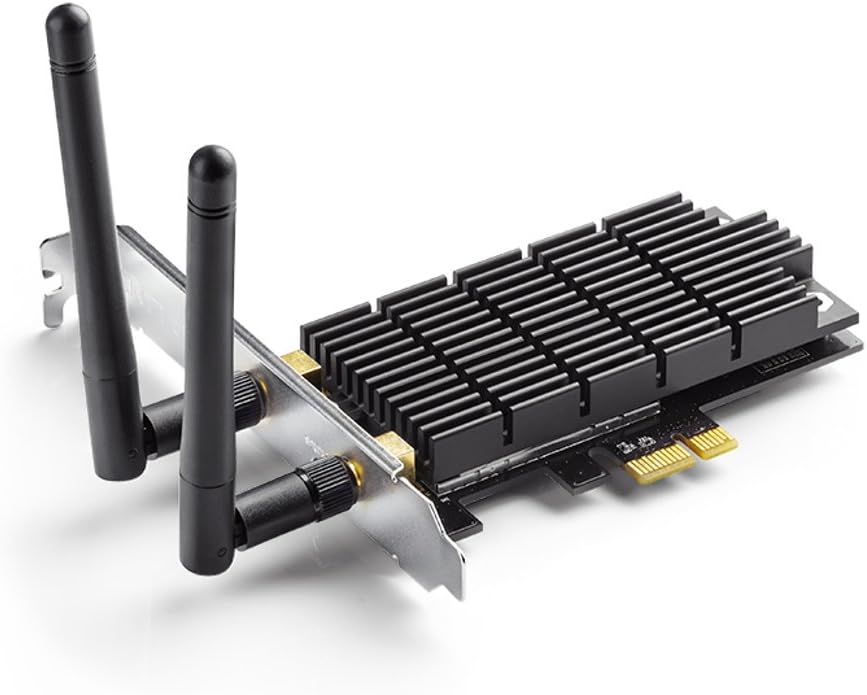
Internal WiFi Adapter
TP-Link Archer T6E
The Archer T6E is an awesome internally mounted AC1300 WiFi router. It has 2 antennas for ensured connectivity and can operate on both the 2.4 and 5Ghz bands.

External WiFi Adapter
Netgear A6210-100PAS
Netgear makes some of the absolute best WiFi-related hardware, this particular USB adapter is absolute no exception. Although it’s more on the pricey side of adapters, it’s worth the extra cost for the extra quality – trust me.
Conclusion
Building a gaming PC with $900 gets you something that’s going to completely max out all of your favorite games in 1080p without an issue while consistently putting out 100fps+. Of course, some outliers exist that are exceptionally demanding (and some might say still poorly optimized) but those are few and far between.
When it comes to this build, its R5 5600, RX 6700 XT, and 16GB of 3200MHz DDR4 RAM create a perfect trifecta of gaming performance. While this build is definitely capable of 1440p and even 4K gaming, where it’s really going to shine is 1080p.
At the end of the day, it’s only thanks to absolutely MASSIVE shifts in the hardware market that make this build even possible. This time last year, this would have been around $1500 to build. Now, just a year later, it’s the undeniable pound-for-pound champion of the mid-range gaming PC bracket.
As always, if you have any questions, comments, or anything else, don’t hesitate to leave them in the comment section below.
Browse Our Other Builds
If this build wasn’t exactly what you were looking for, we’ll definitely have something else in our lineup that you’ll prefer!

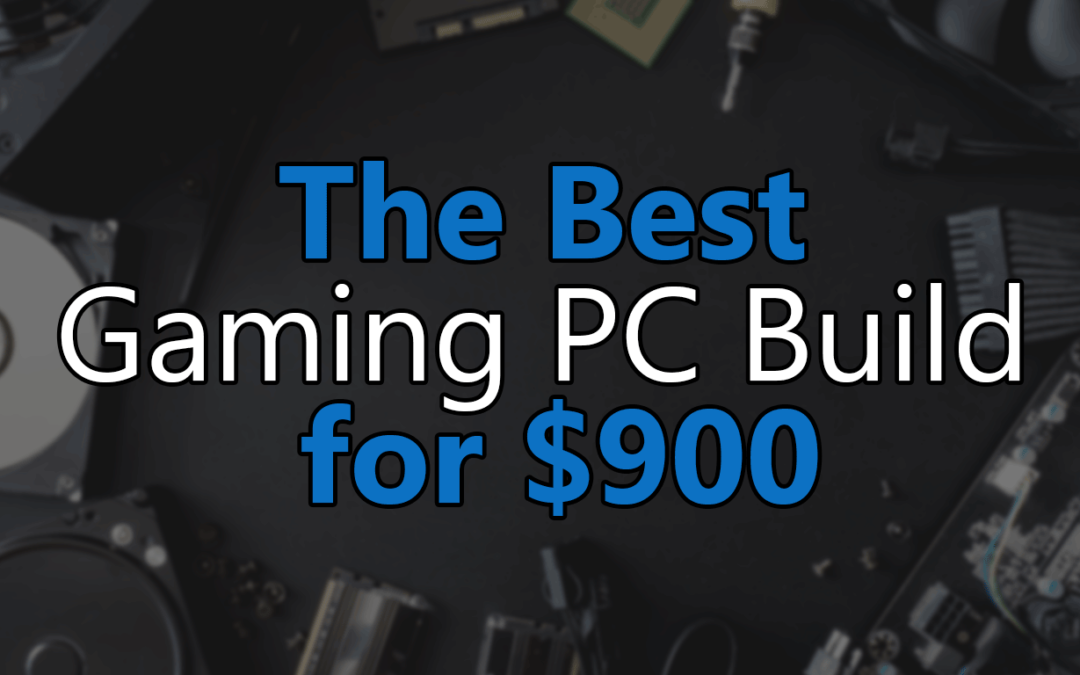



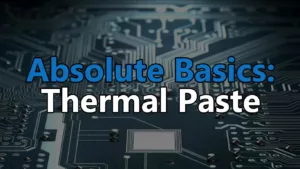
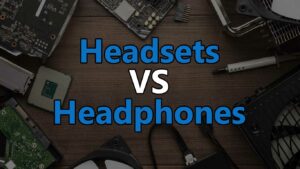


Thanks dude for helping me in building a gaming PC for under $900